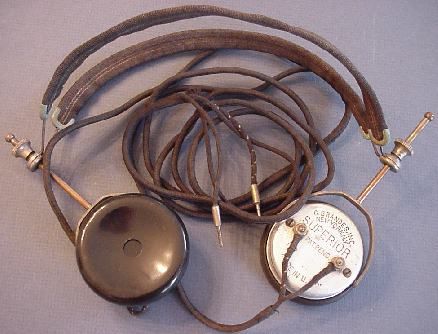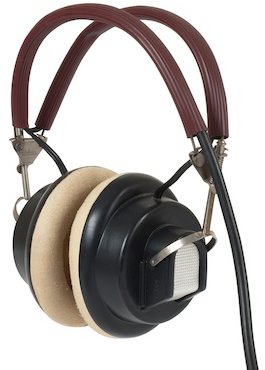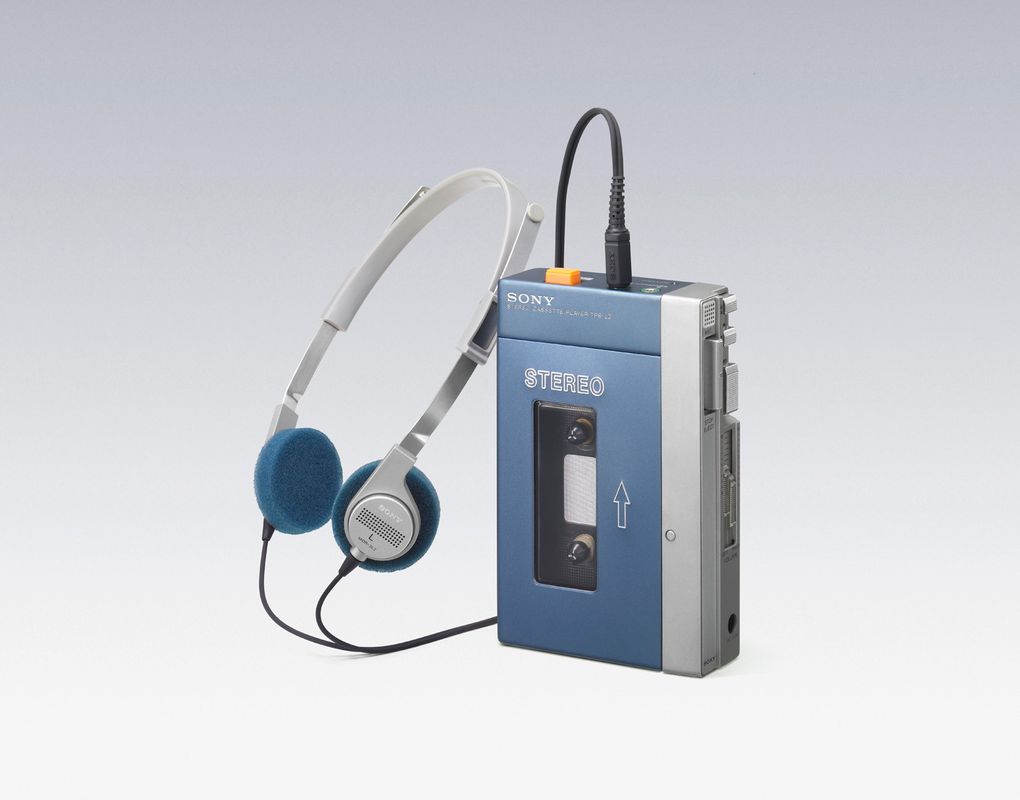The History of Headphones

Walk down any city street and you will see dozens of people listening to music on their headphones and earphones. As is the case with most tech accessories we use in our daily lives, headphones are not given much thought except when you actually need them.
Headphones have a very interesting history which goes back more than a century ago. Like other pieces of technological history that we have covered so far, the history of headphones will hopefully give you a glimpse of just how these ubiquitous accessories weaved their way onto, and into, our ears.
The early days and subscription services
Many people think that companies like Spotify, Netflix, and others revolutionised content delivery by offering a subscription-based service for music, movies, and other types of media. While it is true that subscription services have never been more popular or functional, they have actually existed far longer than you might think.
In fact, in the late 1900s, several companies employed telephone lines for a more entertaining purpose: news and music delivery. In Paris, the Théâtrophone was demonstrated in 1881 and made commercially available in 1890.

In Budapest of 1893, the Telefon Hírmondó informed its subscribers of the daily news while delivering some music breaks too. The same also happened in 1895 London with live theatre and Sunday church.
What all of those systems had in common was the fact that subscribers were provided with specialized headsets which allowed them to listen to the incoming content. Though these devices could certainly be considered as predecessors to modern headphones, their cumbersome nature and steady rise of the radio halted their widespread use.
Operators and the U.S. Navy
While the subscription-based services were delivering their content and spreading the use of headphone-like devices, the very first headphones were primarily used by operators of telephone lines. Those devices were also incredibly heavy and, as is usually the case, looked little like modern headphones.
Another example comes from French engineer Ernest Mercadier who, in 1891, was working on a pair of in-ear headphones, the first of their kind. Though they were bigger than what you might be used to these days, Mercadier’s earbuds were exceptionally similar to modern designs and even including a rubber cover to reduce friction.
A revolution which is much more similar to modern headphones came from Nathaniel Baldwin. In 1910, he sent a letter to the U.S. Navy along with a pair of his prototype headphones. Although his letter and invention was initially dismissed, the headphones were eventually tested and their reception was overwhelmingly positive.

Soon after, the Navy contacted Baldwin to request a lot more headphones, only to find out that the man was manufacturing them in his kitchen. After some hurdles and some tweaks, Wireless Specialty Apparatus Co. made a deal with Baldwin to manufacture the headphones in bulk through a factory in his native Utah and the Navy continued to buy them for years.
Inventions just before and after WWII
In 1939, Bayerdynamic invented what they call the “first dynamic headphones”, the DT 48. The series is still incredibly popular amongst audio professionals and their design is still based on that first pair.
Meanwhile in Vienna, AKG produced what is probably the first pair of headphones to focus on design. The K120s were not nearly as cumbersome as earlier models and their marketing campaign focused almost entirely on their eloquence.
Despite their technological and design innovations, these headphones were slow to find a market. However, they did spur interest in the field and propelled both companies forward into the audio industry where their subsequent products would find a much stronger footing.
Koss changes the world
In 1958, the headphones industry changed forever. John Koss introduced the Koss SP-3, the first stereo headphones, to the world. That first model was comprised of two tiny speakers covered in plastic and foam but they still revolutionised the headphones industry.

The response by the public was evident from the very start. Music lovers readily adopted this new type of headphones and the world at large was ready for multiple music revolutions. For the next few years, Koss would attempt to create different forms of headphones, such as the first US-made electrostatic pair in 1968. However, the world’s first, the Stax SR-1, was debuted almost a decade before in Tokyo.
Koss continued to be heavily invested in the industry, rounding up celebrity endorsements and selling headphones like hotcakes in the homes of teenagers and other audiophiles, which coincided with the equally widespread adoption of turntables.
Meanwhile, companies like Sennheiser attempted to refine the design, and were quite successful in doing so. Sennhesier alone had sold more than 100,000 headphones by the end of 1969 and the company continues to enjoy great success to this day.
Enter the Walkman
While some companies, like the aforementioned Sennhesier, attempted to make headphones lighter and somewhat more portable, it was not until the release of Sony’s first Walkman in 1979 that portability really became an issue.

Alongside the Walkman, Sony released a pair of MDR-3L2 headphones. The fact that the Walkman included two headphone sockets intended for shared listening meant that the market was flooded with third-party alternatives, many of which were specifically aimed at the younger generation.
If you would like a comparison, Sony’s Walkman was basically the iPod of 1979. Speaking of which, 2001 completely changed the portable music industry yet again as the iPod sold millions of devices and turned in-ear headphones into what is perhaps the most widespread type of earbuds today.
Other historic landmarks
While I have covered what I consider to be some of the most important points in the history of headphones, mostly from a technical point of view, there are multiple other points in history that audiophiles may be interested in.
For instance, 2000 was the very first time that noise-cancelling headphones were made commercially available by Bose, despite the fact that they had been used by pilots for two decades. That year was fantastic for headphones for another reason too as the first Bluetooth headset hit the market around that time.
Since then, headphones have been available in dozens of different shapes and forms. Beats by Dre, for example, may well have popularised the sort of giant and unashamed headphones that many people have readily adopted.
Summary
The history of headphones is much more varied than most people think. The early days were especially interesting as they show that private listening, as opposed to stereo speakers, is a concept that has existed for more than a century.
If you would like to discuss more about the history of headphones or have something to add to the discussion, feel free to leave a comment below!



